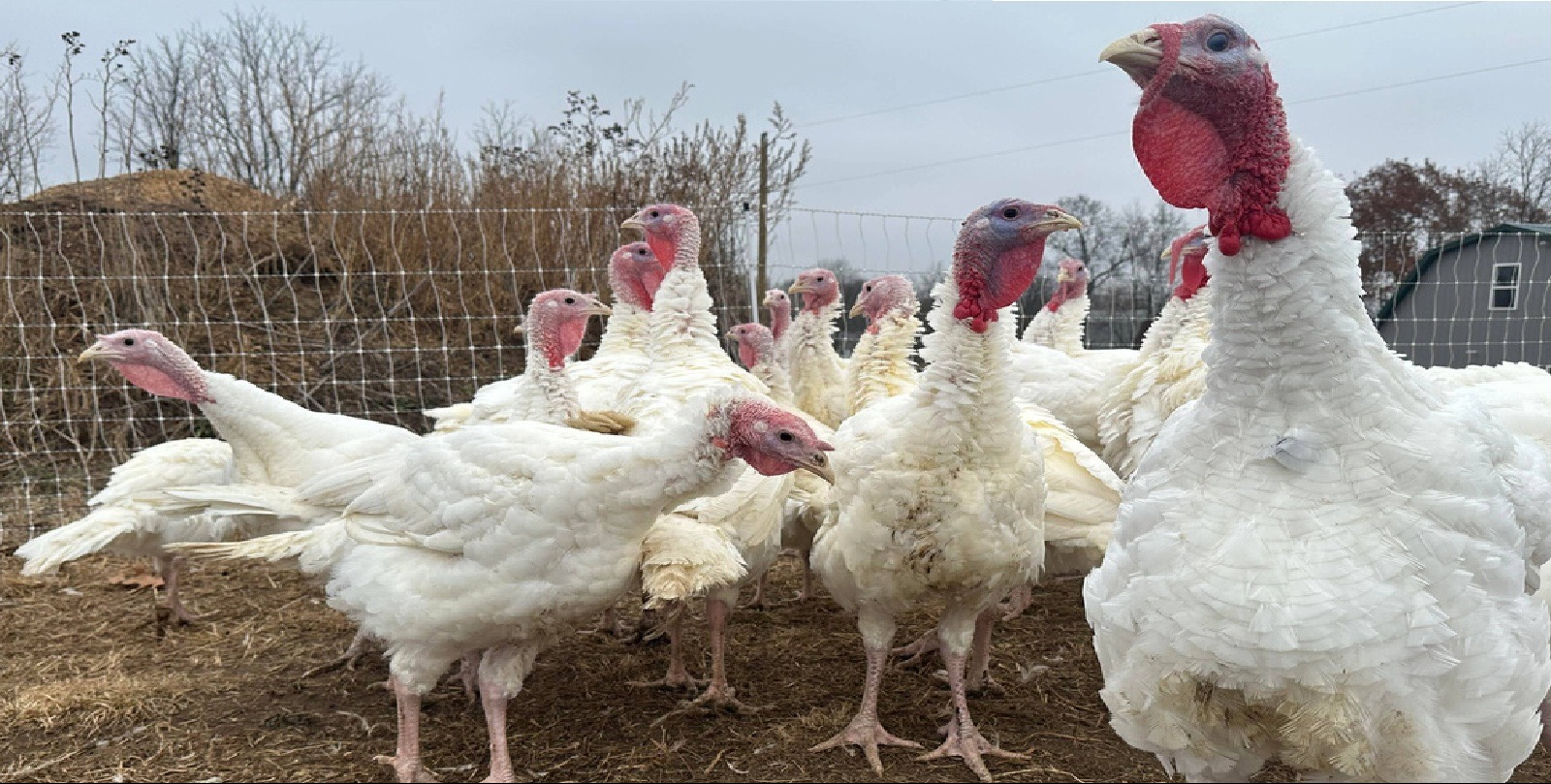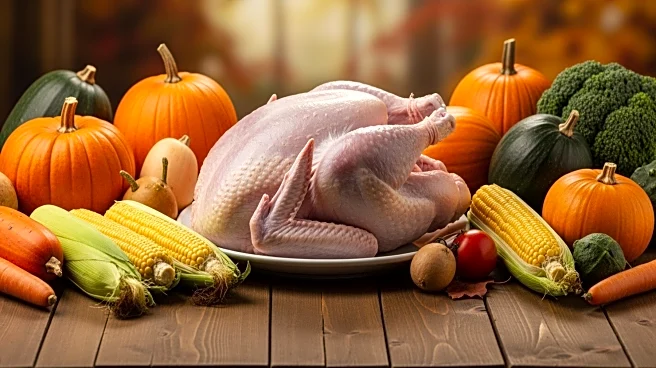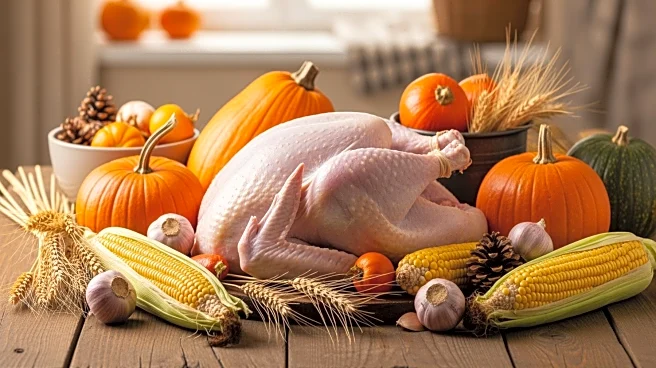What's Happening?
A recent report has highlighted a decrease in the cost of Thanksgiving meals by approximately 2-3%. This reduction comes amid various economic factors affecting food prices. The report suggests that consumers
may experience some relief in their holiday spending, as the cost of traditional Thanksgiving items such as turkey, potatoes, and vegetables has seen a slight decline. This trend is attributed to improved supply chain conditions and competitive pricing among retailers, which have helped stabilize food costs compared to previous years.
Why It's Important?
The decrease in Thanksgiving meal costs is significant for American consumers, particularly during a time when inflation has impacted household budgets. Lower food prices can alleviate financial pressure on families, allowing them to allocate resources to other holiday expenses or savings. Additionally, this trend may reflect broader economic improvements, such as enhanced supply chain efficiency and competitive market dynamics. Retailers and food producers may benefit from increased consumer spending and higher sales volumes during the holiday season.
What's Next?
As the holiday season progresses, consumers and retailers will continue to monitor food prices closely. Retailers may implement promotional strategies to attract shoppers, potentially leading to further price adjustments. Economic analysts will observe whether this trend extends beyond Thanksgiving, influencing food costs for other holidays. Policymakers may also consider the implications of food price changes on inflation and consumer spending patterns, potentially informing future economic policies.














